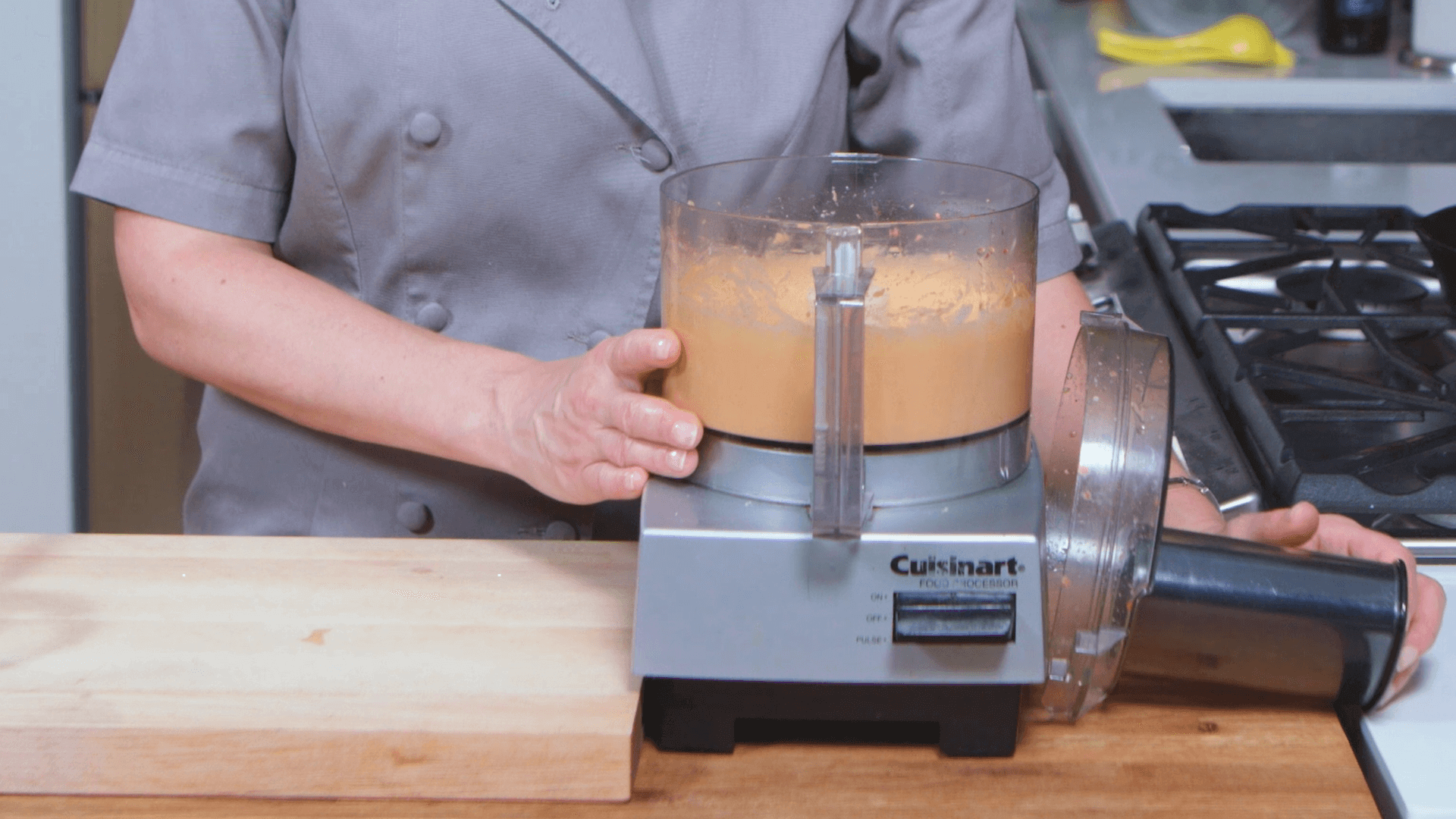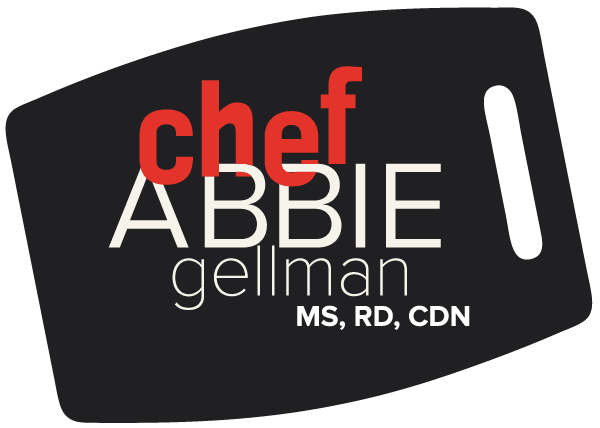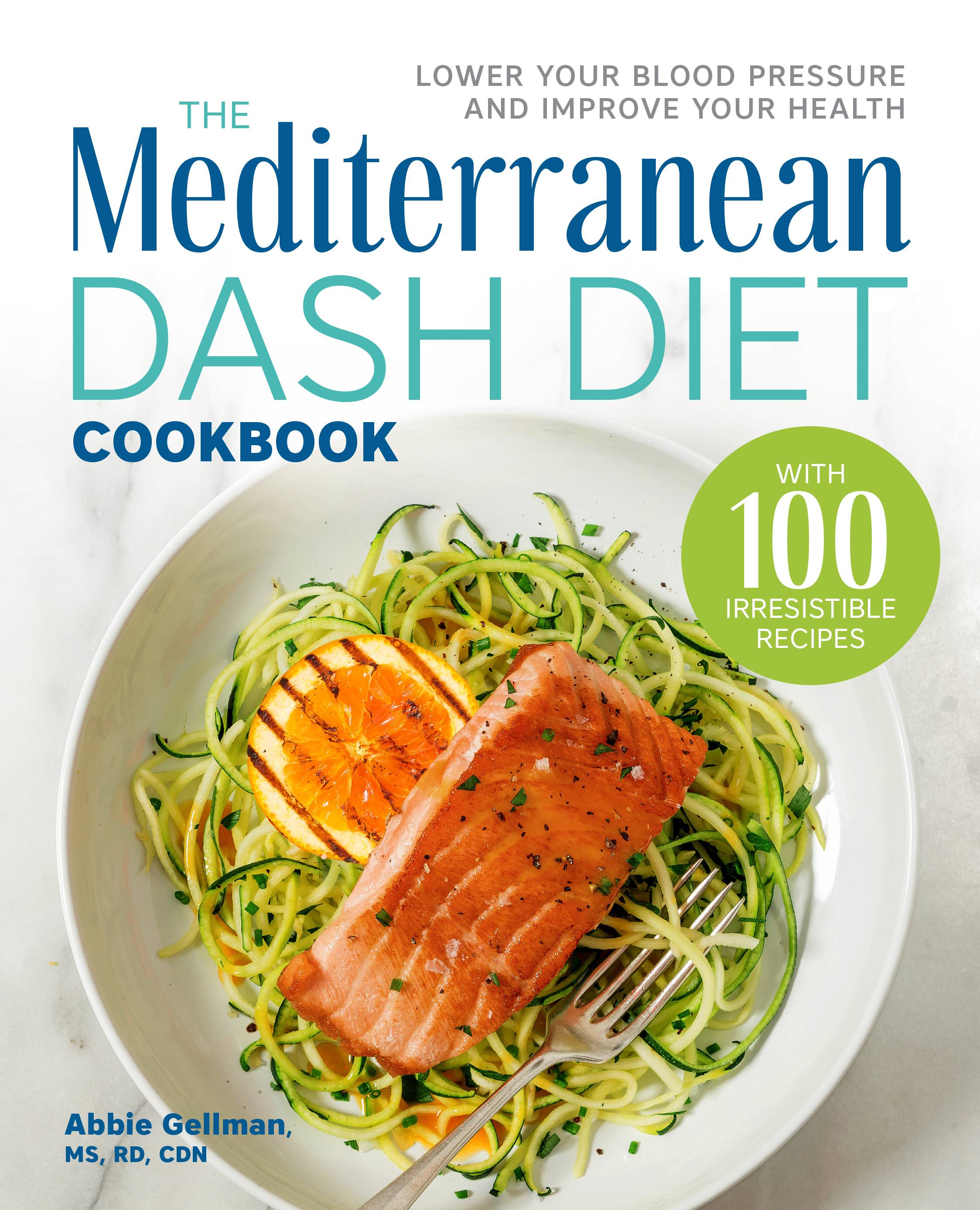Roasted Red Pepper Hummus
My Roasted Red Pepper Hummus blends chickpeas, roasted red peppers, tahini, lemon juice, garlic, and olive oil into an irresistibly creamy dip. If you like a kick, you can always add a pinch of cayenne pepper as well.
Roasted Red Pepper Hummus
Rich in healthy fats like olive oil and tahini, hummus is a staple of the Mediterranean diet. Hummus is typically a velvety smooth dip or spread made with five simple ingredients: chickpeas, tahini, lemon, garlic, and olive oil. The addition of roasted red peppers gives this version a flavor twist. For a spicy kick, add in cayenne pepper. Serve the hummus with warm pita bread and sliced vegetables.
There is very little work involved in this Roasted Red Pepper Hummus recipe, which makes it easy to whip up during the week, but prepping it in advance is also a great option. [Below I share some tips and tricks for keeping your hummus safe and fresh.] Another thing I love about this recipe is that I can keep the ingredients on hand, and in fact I usually have all the ingredients to make this without even planning in advance. Both the chickpeas (also called garbanzo beans) and the red peppers are shelf-stable in their can or jar, and I always have lemons, olive oil, and garlic around.
Chickpeas
Chickpeas are a great source of iron, but like all plant-based sources, their iron (also called non-heme iron) isn’t fully bioavailable. This means our bodies can’t use it very easily. Vitamin C can actually help our bodies absorb this non-heme iron, and lucky for us, my Roasted Red Pepper Hummus contains lots of vitamin C from the red peppers!
Why Make Hummus?
So, you may be asking- why should I make my own Roasted Red Pepper Hummus when I could just buy it in the store? It is so easy to keep the ingredients on hand for when you get a hankering. Making food at home will almost always be nutritionally superior to anything you can buy in a store – and I think it also tastes better! By making this Roasted Red Pepper Hummus you know exactly what you are putting into your body.
How to Store Roasted Red Pepper Hummus
Freshly made Roasted Red Pepper Hummus can be stored in an airtight container in the fridge for up to a week. If you want to make it further in advance, you can store in the freezer for up to four months. You could also freeze in individual servings to thaw one meal at a time!
The Versatility of Hummus
Hummus makes a fabulous breakfast, lunch, dinner, or snack. It can be used as a dip, a sandwich spread, thinned out to make a dressing, or used as a topping in a grain or protein bowl.
The neutral background flavors of hummus provide a blank canvas for different flavor profiles. Here are a few ideas:
- Edamame Hummus
- Roasted jalapeno and cilantro
- Black bean (in place of chickpeas) and cumin
- Parsley and chive
- Roasted carrot and harissa
- Plain topped with caramelized onions
- Lentils (in place of chickpeas)
- Sun-dried tomatoes
- Buffalo hot sauce topped with blue cheese
Beans & Bloating
Bloating can be a sign of a number of different lower digestive conditions like lactose intolerance or irritable bowel syndrome, but it can also be a simple sign that our body is having a hard time digesting certain carbohydrates, as in the case of beans. This is nothing to be alarmed about and is actually quite common!
Our ability to digest the type of carbohydrate in beans (galacto-oligosaccharides) depends on how much of a specific enzyme our body produces. Different types of enzymes digest different types of foods as they move through our stomach and small intestine. If we don’t have enough of a specific enzyme, food will travel undigested to our large intestine where it will ferment and produce gasses as a byproduct that can cause bloating. In the case of lactose intolerance, our bodies lack an adequate amount of the lactase enzyme needed to break down the carbohydrates found in unfermented milk products (lactose). The same thing can happen for the carbohydrates found in beans.
If you experience bloating after eating beans, that doesn’t mean you are allergic or intolerant. It also doesn’t necessarily mean that you have to give up beans entirely. If you can tolerate them, beans are an important part of a healthy diet. Experiment with smaller amounts of beans until you find the amount that matches your level of tolerance. There are also over the counter enzymes like Beano that can help you break down the carbohydrates found in beans (1).
Health Benefits of Beans
People who include beans in their diets tend to have better nutrient intake, lower systolic blood pressure, and better body weight and waist circumference compared to people who do not include beans in their diets (2).
Beans also function as prebiotics, stimulating the growth of good bacteria and inhibiting bad bacteria in our gut. This may help our immune systems and inflammatory conditions like inflammatory bowel disease (3).
Similar pages:
Looking for more great plant-based bean recipes? How about my Instant Pot Black Beans or Black Bean Salad with Mandarin Oranges? Both are great additions to lunch or dinner. If you’re looking for a great bean-based snack to have on hand, my Edamame Hummus and Bean Dip are both amazingly delicious and easy to prepare.
References:
- David Warmflash MD. Fermentable Foods: Trouble in Your Diet. 2015; https://www.acs.org/content/acs/en/education/resources/highschool/chemmatters/past-issues/archive-2014-2015/fodmap-intolerance.html,
- Papanikolaou Y, Fulgoni V. Bean consumption is associated with greater nutrient intake, reduced systolic blood pressure, lower body weight, and a smaller waist circumference in adults: results from the National Health and Nutrition Examination Survey 1999-2002. Journal of the American College of Nutrition. 2008;27(5):569-576.
- Macfarlane GT, Steed H, Macfarlane S. Bacterial metabolism and health-related effects ofgalacto-oligosaccharides and other prebiotics. Journal of Applied Microbiology. 2007;104(2008):305-344.

Roasted Red Pepper Hummus
Ingredients
- 3 ounces jarred roasted red peppers drained
- 15- ounce can low sodium chickpeas drained and rinsed
- 3 tablespoons tahini
- 3 tablespoons lemon juice
- 1 clove garlic peeled
- 3/4 teaspoon kosher salt
- ¼ teaspoon ground black pepper
- 3 tablespoons extra virgin olive oil
- Optional: ¼ teaspoon cayenne pepper
- Optional garnish: chopped herbs
Instructions
- Place peppers, chickpeas, tahini, garlic, salt, and pepper in a food processor. Pulse a 5 to 7 times. Add oil and process till smooth. Optional: add cayenne in this step. Optional: garnish with chopped herbs.






